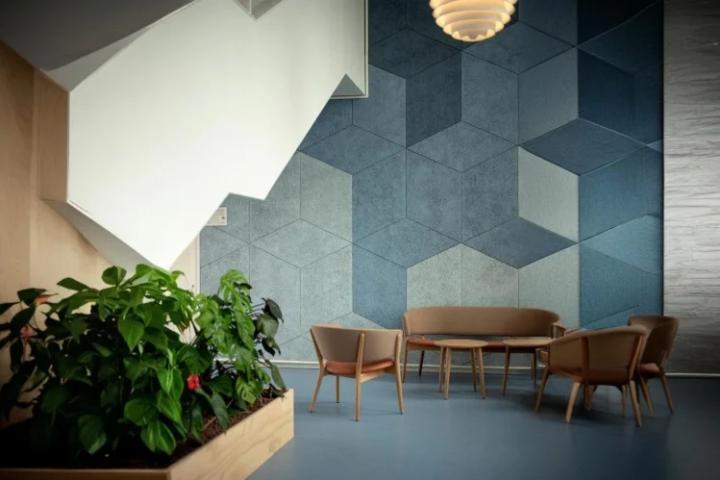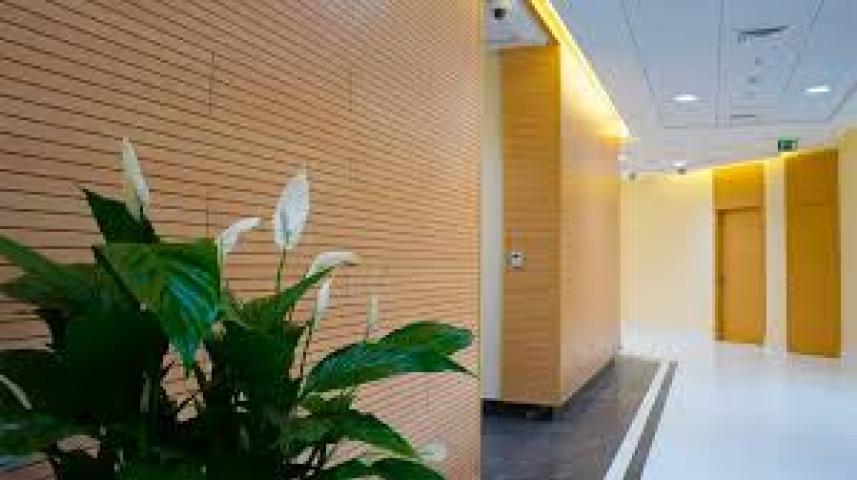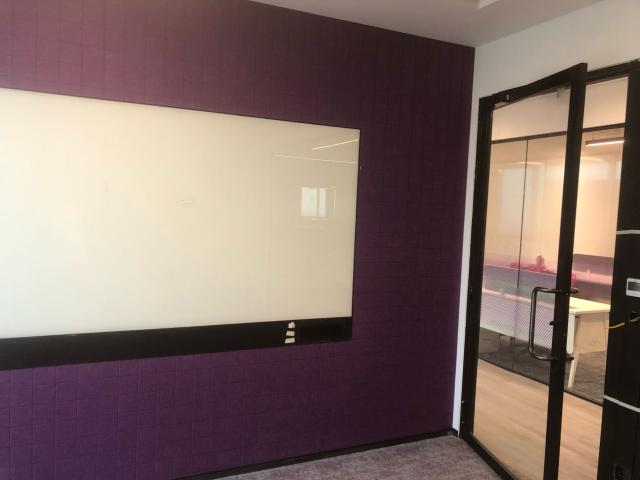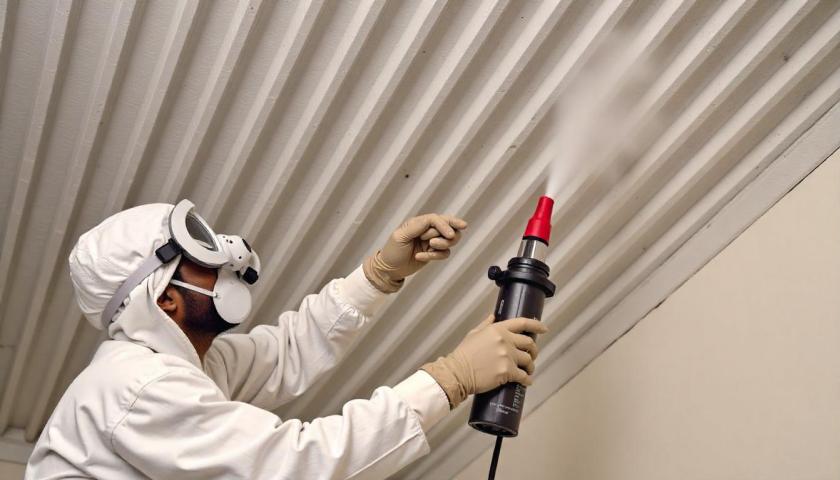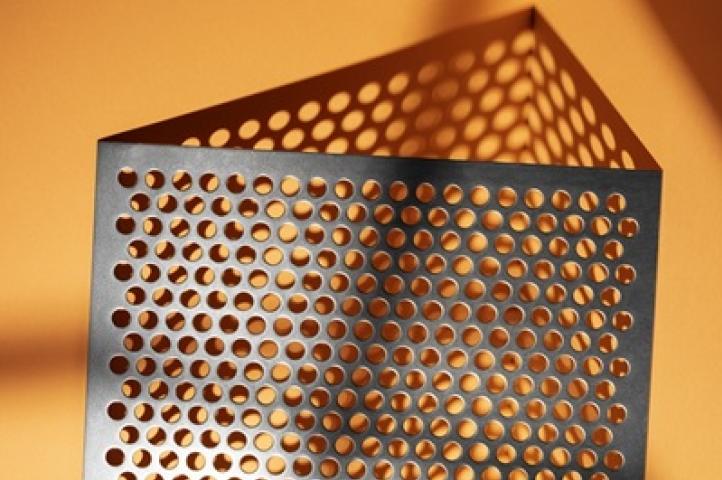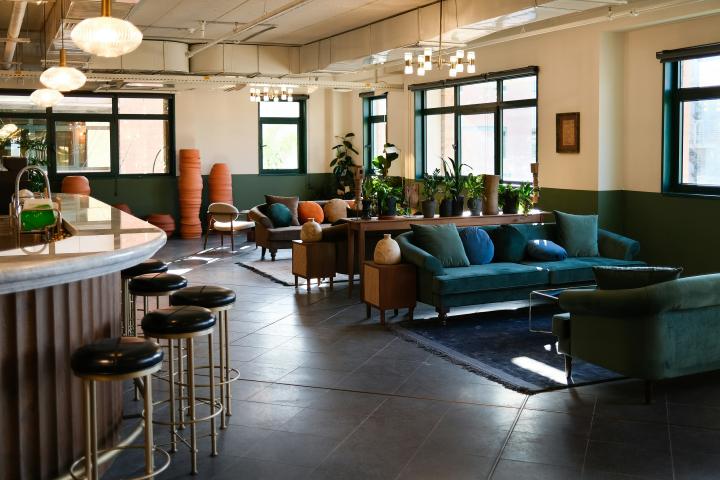The COVID-19 pandemic has profoundly reshaped the way we think about and use our personal and professional spaces. With more people working from home, businesses adjusting their layouts, and education shifting online, the demand for products that improve both functionality and comfort in spaces has surged. Among these, acoustic solutions like acoustic board panels, PET acoustic panels, and wood acoustic paneling have seen increased interest. The need for quieter, well-balanced environments has pushed acoustical designs into the spotlight, enhancing focus, privacy, and overall well-being across various sectors.
The Role of Acoustic Solutions in Modern Spaces
Before the pandemic, acoustic solutions were primarily associated with commercial buildings, theaters, and auditoriums, designed to handle high noise levels. However, with the rise of remote work, homeschooling, and digital meetings, the dynamics have changed. Homes have turned into multifunctional spaces—offices, schools, and meeting rooms. This shift has created a demand for high-quality sound insulation and absorption to reduce distractions and maintain a professional atmosphere in home settings. Acoustic solutions such as wood acoustic paneling and acoustic baffle ceilings have found new applications within these hybrid spaces.
Acoustic board panels have emerged as a preferred choice for home offices. These panels are crafted from materials that absorb sound effectively, keeping outside noises from intruding into work and study areas. Given their versatility, these panels can be seamlessly integrated into home aesthetics without compromising on design.
The Appeal of Acoustic Solutions in Corporate Spaces
In the post-pandemic world, offices have undergone a transformation, moving towards more open, collaborative, and flexible layouts. While these designs foster teamwork, they often increase noise levels. The pandemic has heightened the awareness of acoustics as more people return to hybrid working models, combining in-office and remote work. Here, PET acoustic panels provide a stylish and sustainable solution, offering excellent sound absorption in open spaces. Made from recycled materials, PET panels meet the sustainability expectations of modern corporate environments while enhancing acoustic quality.
Wooden acoustic panels offer another versatile solution, blending natural aesthetics with powerful sound-absorbing capabilities. Companies that prioritize both employee wellness and an inviting atmosphere find wooden acoustic solutions appealing for their biophilic qualities, creating a workspace that’s warm, comfortable, and conducive to productivity. Similarly, acoustic baffle ceilings offer a unique way to reduce noise in open office layouts. By suspending sound-absorbing materials from the ceiling, baffle ceilings create a more contained acoustic environment, keeping distracting sounds at bay without the need for additional wall installations.
Educational Institutions and the Acoustic Advantage
Education is another sector where acoustics have become paramount since COVID-19. Remote learning introduced a unique set of challenges, and now that students are back on campuses, acoustical comfort has become a key focus. Classrooms, libraries, and even digital learning zones need optimized sound control to support concentration and minimize distractions. Wood acoustic paneling and PET acoustic panels contribute to creating ideal learning environments, reducing reverberation, and controlling ambient noise. They also add a visually pleasing touch to educational spaces, often helping to reduce stress and enhance student engagement.
For institutions, this shift towards better acoustics isn't just about comfort; it’s about creating inclusive, engaging learning experiences. Proper acoustics ensure that every voice is heard and that background noise is minimized, which has proven beneficial in collaborative learning settings. Mass loaded vinyl is one such material that institutions have turned to for its remarkable sound-blocking capabilities. This heavy-duty solution is ideal for separating classroom zones, ensuring that lessons in one room don’t disturb students in neighboring spaces.
Homeowners and the Pursuit of Serenity
As homes have evolved to accommodate new roles, many homeowners are investing in acoustic solutions to create harmonious living spaces. The need for privacy and reduced noise pollution has made acoustic board panels and mass loaded vinyl popular options for residential use. Acoustic panels are particularly effective for sound absorption, making them ideal for home offices, music rooms, and shared living spaces.
Mass loaded vinyl offers excellent soundproofing, ideal for shared walls or floors in multi-unit housing. This material is dense and durable, blocking out unwanted noise from neighboring apartments, which has become essential as people spend more time at home. It’s also easy to install, making it a popular choice for homeowners looking for quick acoustic improvements.
For those looking to bring a touch of natural elegance to their spaces, wooden acoustic panels are a great choice. Their warm, textured surfaces add an inviting quality to rooms while effectively dampening sound. These panels are often chosen for living rooms or home theaters, where aesthetics are as important as functionality. With options like wood acoustic paneling, homeowners can achieve the serene atmosphere they crave without sacrificing design.
The Hospitality Sector and Acoustic Comfort
Hotels and restaurants have always valued acoustic solutions, but COVID-19 intensified this need. As businesses reopened, they had to adapt to new layouts that ensured social distancing while maintaining a comfortable atmosphere. Noise control became crucial as guests sought privacy and relaxation, particularly in restaurants, lounges, and meeting rooms. Here, acoustic baffle ceilings and acoustic board panels have proven invaluable. Baffle ceilings help define spaces while reducing echo, making them ideal for large dining areas or open lounge spaces.
The Path Forward: Sustainable Acoustic Solutions
In recent years, sustainability has been a growing concern across industries. This trend is evident in the acoustic sector, with solutions like PET acoustic panels gaining traction due to their eco-friendly design. Made from recycled plastic bottles, these panels reduce noise and align with companies' environmental goals. Additionally, the rising popularity of wood acoustic paneling brings biophilic design into spaces, blending aesthetics with functionality and echoing the industry’s shift towards natural materials.
Mass loaded vinyl also stands out in the sustainability realm, as many manufacturers now offer versions made with eco-conscious materials. The material's durability means it has a long life span, reducing waste and offering effective, long-term noise control. As more consumers demand sustainable options, the acoustic industry is poised to innovate further, offering products that not only enhance acoustic quality but also minimize environmental impact.
The pandemic redefined our relationship with space, making us more attuned to the comfort and functionality of our surroundings. Acoustic solutions have evolved from niche products to everyday essentials, enhancing quality of life in homes, offices, schools, and more. Whether it's acoustic board panels for a home office, wooden acoustic panels in an open workspace, or acoustic baffle ceilings in a bustling restaurant, these products are reshaping our environments in response to modern demands.
As we continue to adjust to this new normal, investing in acoustic solutions is more than a trend; it’s an investment in well-being and productivity. The demand for products like mass loaded vinyl and PET acoustic panels reflects a growing awareness of how our environments impact us. By creating spaces that are quieter, more private, and aesthetically pleasing, acoustic solutions are helping us adapt, find focus, and thrive in a world that values the balance between personal space and connection.
